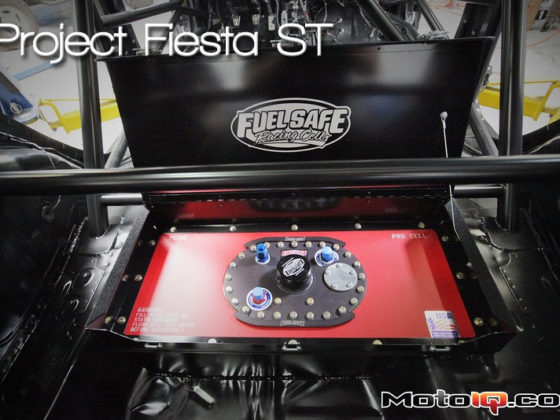
Wrench Tip: How To Plug A Tire
Flat tires suck. They're always a hassle and they ALWAYS come at the most inopportune or annoying times. As a former tire changer/tire repair man, I've seen all sorts of weird stuff in people's tires: nails, screws, screwdrivers, spark plugs, and chunks of steel the size of a business card. In the old days I'd be going to a repair shop to fix my tires, but these days I just do it myself.
Before we go any further, let me head off the inevitable comments. Plugs are a temporary measure. If you plug a tire, you should get it to a tire shop and have it patched. A patch is installed from the inside of the tire and is bonded directly to the inner wall, making it a permanent (but time consuming) repair, one that usually cannot be performed at home (that is unless you own tire mounting and balancing equipment).
That said…I've installed about 100 plugs and I've never had one fail- even on racing slicks. In fact, one of the plugs you see here has already done 5,500 miles across 7 states without losing any more air than the other three tires. So, take that as you will. Also, you will notice I didn't mention liquid patches (aka Fix-A-Flat). I've never seen this stuff actually work, and it usually does more harm than good. Some of these will corrode aluminum wheels, causing more leaks as the bead of the wheel no longer seals. They also smell AWFUL (this is the number one way of making a tire tech hate your guts). On top of the potential for wreaking havoc on your wheels, a lot of these liquid patches just plain don't work and don't stop punctures from leaking. ***These opinions are those of the writer and may not reflect the opinion of MotoIQ.com.***
 Did I say plugged slicks? Because I really meant I had plugged slicks. This tire had only been plugged a few minutes before this shot was taken and hadn't worn down yet. Puncturing tires on unprepared courses is a risk autocrossers have to take. You can sweep and inspect all you want, but get off-line and there's no telling what you'll run over.
Did I say plugged slicks? Because I really meant I had plugged slicks. This tire had only been plugged a few minutes before this shot was taken and hadn't worn down yet. Puncturing tires on unprepared courses is a risk autocrossers have to take. You can sweep and inspect all you want, but get off-line and there's no telling what you'll run over.Alright, enough pontificating. Let's show you how to do this. The first thing you need is a tire with a hole in it.

 This one happened to be on the driver's side front tire. Because I didn't feel like digging out a jack and breaking loose half a dozen lug nuts, I simply rolled the truck until the screw was in an easy to reach location and cranked the wheel all the way to the right. We can plug this tire without removing the tire from the truck.
This one happened to be on the driver's side front tire. Because I didn't feel like digging out a jack and breaking loose half a dozen lug nuts, I simply rolled the truck until the screw was in an easy to reach location and cranked the wheel all the way to the right. We can plug this tire without removing the tire from the truck.




1 comment
Interesting and helpful guide that car owners can surely follow through.